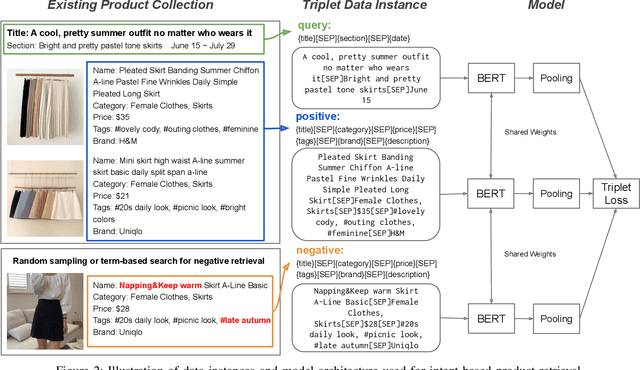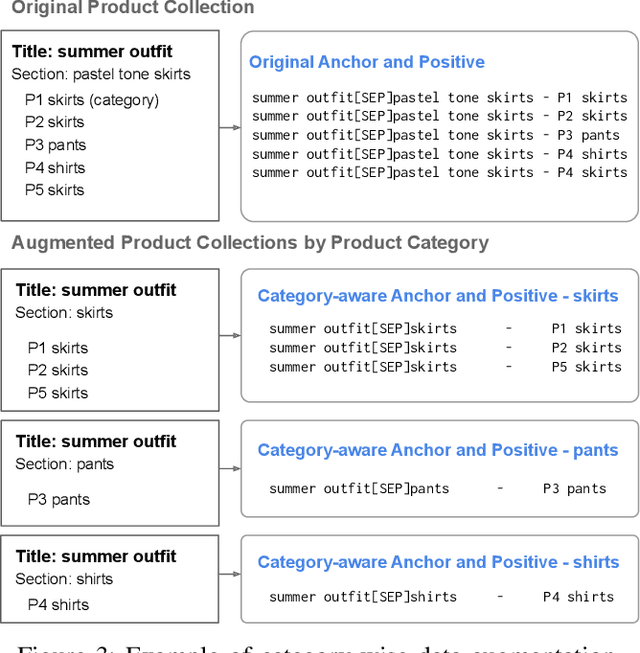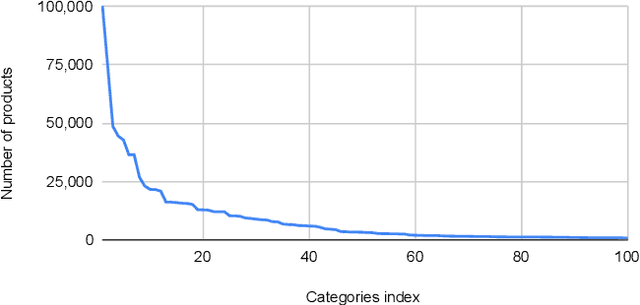Rak Yeong Kim
HyperCLOVA X Technical Report
Apr 13, 2024Abstract:We introduce HyperCLOVA X, a family of large language models (LLMs) tailored to the Korean language and culture, along with competitive capabilities in English, math, and coding. HyperCLOVA X was trained on a balanced mix of Korean, English, and code data, followed by instruction-tuning with high-quality human-annotated datasets while abiding by strict safety guidelines reflecting our commitment to responsible AI. The model is evaluated across various benchmarks, including comprehensive reasoning, knowledge, commonsense, factuality, coding, math, chatting, instruction-following, and harmlessness, in both Korean and English. HyperCLOVA X exhibits strong reasoning capabilities in Korean backed by a deep understanding of the language and cultural nuances. Further analysis of the inherent bilingual nature and its extension to multilingualism highlights the model's cross-lingual proficiency and strong generalization ability to untargeted languages, including machine translation between several language pairs and cross-lingual inference tasks. We believe that HyperCLOVA X can provide helpful guidance for regions or countries in developing their sovereign LLMs.
Intent-based Product Collections for E-commerce using Pretrained Language Models
Oct 15, 2021



Abstract:Building a shopping product collection has been primarily a human job. With the manual efforts of craftsmanship, experts collect related but diverse products with common shopping intent that are effective when displayed together, e.g., backpacks, laptop bags, and messenger bags for freshman bag gifts. Automatically constructing a collection requires an ML system to learn a complex relationship between the customer's intent and the product's attributes. However, there have been challenging points, such as 1) long and complicated intent sentences, 2) rich and diverse product attributes, and 3) a huge semantic gap between them, making the problem difficult. In this paper, we use a pretrained language model (PLM) that leverages textual attributes of web-scale products to make intent-based product collections. Specifically, we train a BERT with triplet loss by setting an intent sentence to an anchor and corresponding products to positive examples. Also, we improve the performance of the model by search-based negative sampling and category-wise positive pair augmentation. Our model significantly outperforms the search-based baseline model for intent-based product matching in offline evaluations. Furthermore, online experimental results on our e-commerce platform show that the PLM-based method can construct collections of products with increased CTR, CVR, and order-diversity compared to expert-crafted collections.
 Add to Chrome
Add to Chrome Add to Firefox
Add to Firefox Add to Edge
Add to Edge